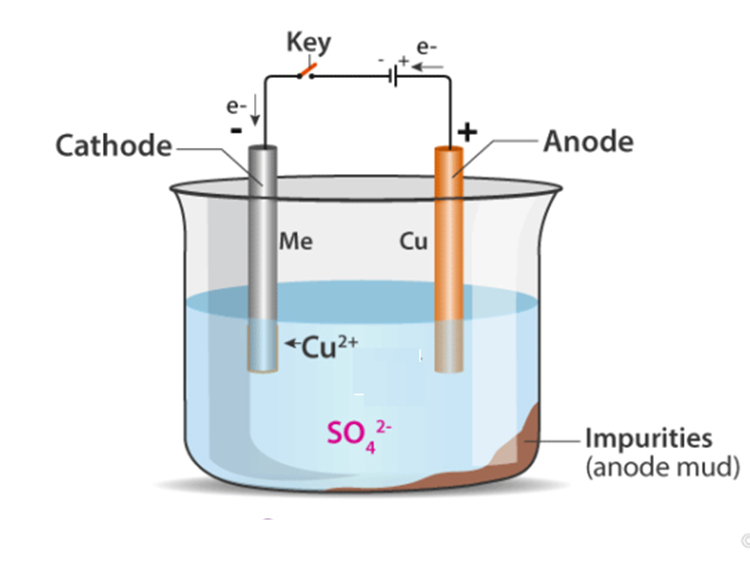
In recent few years, there have been various advancements in the field of controlling coating thickness in electroplating. These advancements have transformed the industry by improving precision, efficiency, and sustainability.
Some of the significant innovations are as under:
- Advanced Process Control (APC): Real-time automated systems have been implemented which adjust the plating parameters such as bath composition and current density to ensure optimal coating conditions. This technology minimizes human error and delivers consistent results, allowing manufacturers to meet stringent industry standards.
- Inline Monitoring Technologies: There has been an introduction of sophisticated non-destructive testing methods, such as X-ray fluorescence and eddy current testing. These methods provide real-time feedback on coating thickness without damaging the plated material. They also enable operators to detect deviations immediately, reducing waste and ensuring superior product quality.
- Artificial Intelligence and Machine Learning: Artificial Intelligence and Machine Learning have revolutionized process optimization in electroplating. These technologies help in analyzing historical and real-time data to predict and prevent process defects. AI driven systems adaptively control parameters for optimized coating thickness and uniformity, contributing to cost savings and reduced material consumption. They also enable predictive maintenance, reducing downtime and improving equipment lifespan.
- Nanocoatings and Ultrathin Films: There have been advances in development of coatings, which can be only a few nanometers thick but offer exceptional corrosion resistance, hardness, and other functional properties. Technologies like Atomic Layer Deposition enable atomically precise coatings, while nanocomposite layers incorporate nanoparticles for enhanced mechanical properties. These innovations make ultrathin films increasingly popular for industries that require high-performance coatings.
- Eco-Friendly Processes and Materials: A growing trend in electroplating is the shift towards sustainable processes. New bath chemistries, environmentally friendly additives, and closed-loop systems reduce toxic waste and lower the environmental impact.
The integration of these technologies is shaping the future of electroplating, driving better quality, efficiency, and sustainability in industrial applications. By continuously innovating in coating thickness control, the industry is meeting increasing demands for precision and performance while addressing environmental concerns.
DU Organics provides various electroplating solutions to its clients. For obtaining more information with respect to the same, visit our website or contact us today!